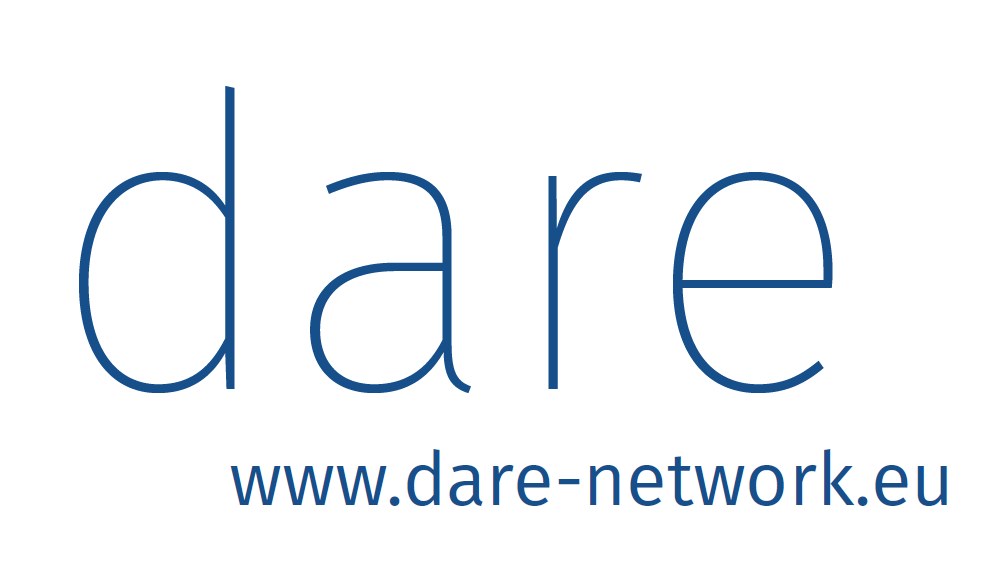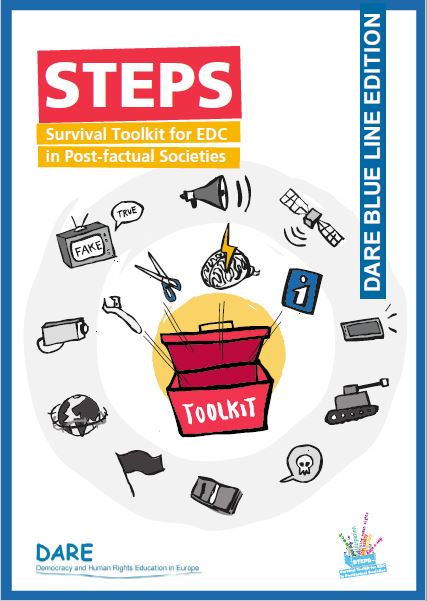Goal
Understanding the exclusion mechanisms behind insults. Gaining overview over the variety of insulting language in everyday life. Being able to change the perspective.
Steps
Step 1: Make three columns on a paper/board/chart. Write down every letter of the alphabet as beginning letter in the first column.
| A | ||
| B | ||
| C | ||
| ... |
Step 2: Start brainstorming by filling out the first columns in the table together:
- Column 1: Collect insults for every letter of the alphabet
- After that, explain the labels of column 2 and column 3
- In the second column, note down what group of people insulting is applied to
- In the third column, note down what group of people or things this is referred to culturally
Reflection
- How the things or people mentioned have come to such a bad reputation?
- Will this reputation do them justice?
- What does that say about your language and culture?
Reference
Developed in the frame of the project STEPS -Survival Toolkit for EDC in Post-factual Societies
Experiences
The activity can be tough because of having insults as centre theme. You can remind the group that it is not about offending each other, but finding out what the most common insults are. It is not a crea-tive contest either.





